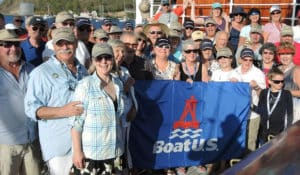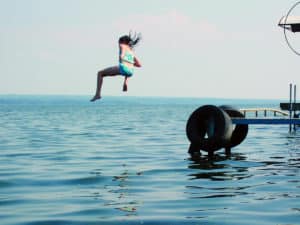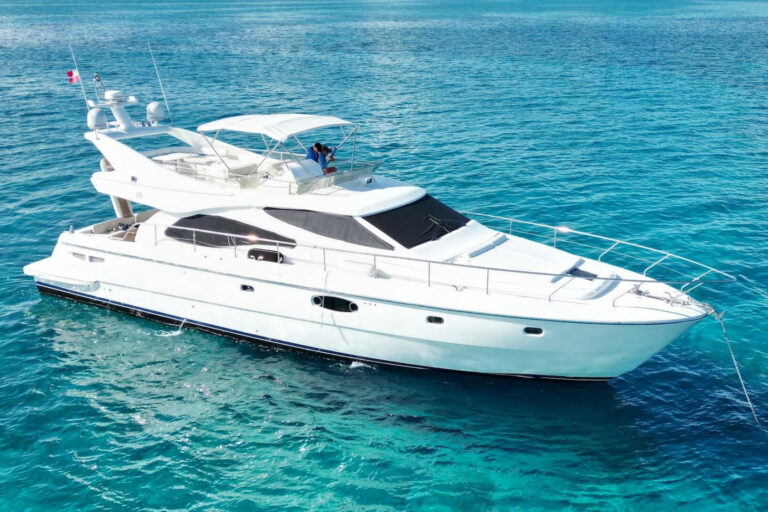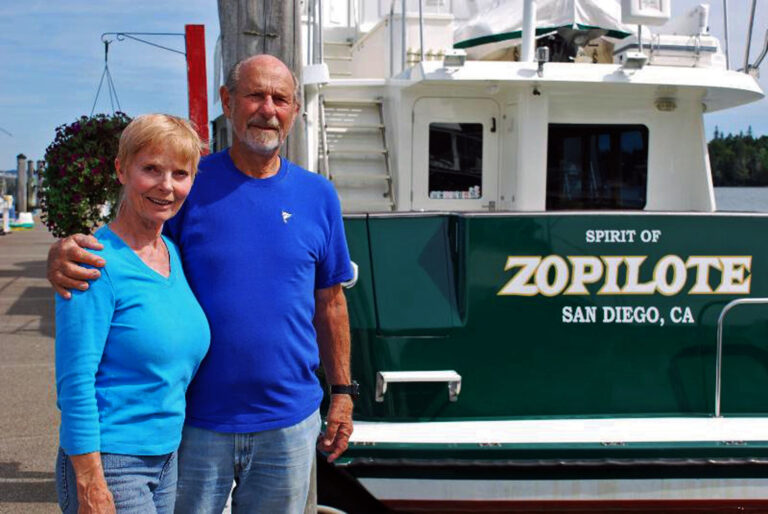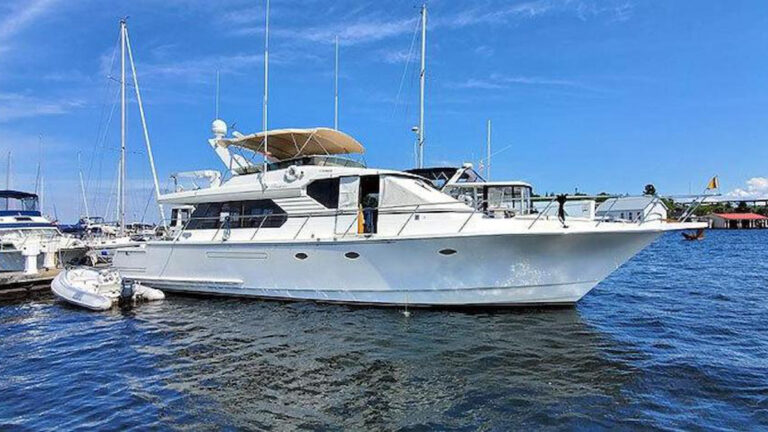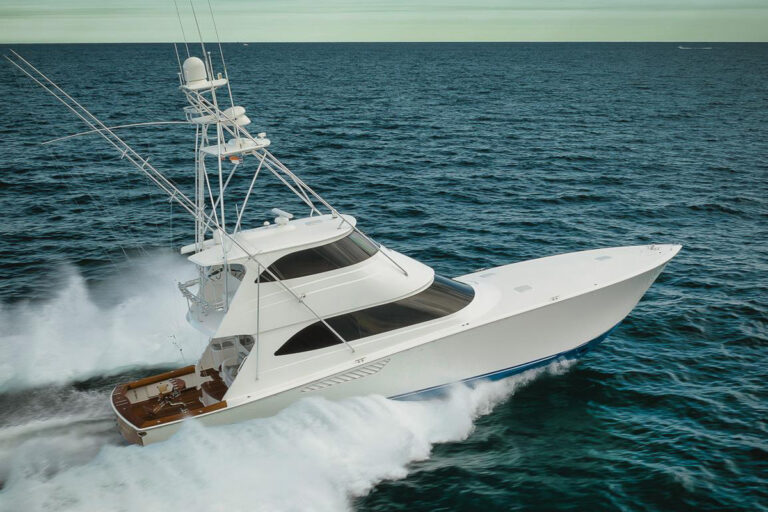The name on the transom, Forever Young, is exquisitely appropriate. The 1985 Bertram 38-foot convertible looks like new, in some ways even better, inside the shop at Slane Marine, awaiting the truck that will return her to the coast and her eager owner after an extended visit to this fountain of youth for yachts.
Nestled in the North Carolina foothills town of High Point, 250 miles from the ocean, Slane Marine is a veritable maritime spa that specializes in the restoration of damaged or aging yachts. It is among a handful of American yards that eschew routine maintenance work to concentrate on major rebuilds and restorations. While owners can certainly receive excellent service at bigger, more generalized yards, they can sometimes find more brand-specific skilled craftsmanship, and the resulting benefits in cost planning, at specialized yards like Slane.
Owner Tom Slane is the son of Willis Slane, the founder of Hatteras Yachts, which until recently had its headquarters a few miles away. With such close familial and geographic ties, Slane Marine initially limited its work to Hatteras yachts, but now works on yachts from a variety of builders. Older Hatts still make up about 75 percent of the shop’s volume, with Bertrams and Chris-Crafts accounting for a substantial portion of the rest.
Restorations are costly, so it makes economic sense that most would be carried out on respected major brands that best hold their value in the brokerage market. The classic nature of such boats, combined with the complexity of these facilities’ work-which can match or exceed that of building a new yacht-mean craftsmen must have skills beyond the capabilities of ordinary carpenters and mechanics. They are often older men with callused hands, not baby faces in new buildings with fresh paint.
For instance, in some cases, Slane cannot locate or gain access to the original builder’s hull or superstructure molds for replacement fiberglass parts. It then becomes necessary to locate a sistership, make a deal with her owner, and create new molds from this undamaged yacht.
Slane is lucky, because his shop inherited some of the same craftsmen who worked for Hatteras before it moved to a larger plant in coastal New Bern, North Carolina. In an interesting bit of karma, these men occasionally rebuild the same boats they built the first time.
In terms of project management, the key to keeping costs under control is to plan before you act. If you overpay for the base boat up front, you’re starting in the hole. Dreamers can easily get swept up in the excitement of an auction without a realistic picture of the work and expense involved in a rebuild.
Even some boats offered for free should be rejected. Less popular models are often not worth the restoration cost, and the unfortunate new owner eventually ends up eating the moving and disposal costs.
Caution is especially warranted when considering buying a damaged yacht in a post-hurricane sale. A yacht with a few gelcoat abrasions and a broken window or two doesn’t look that bad, but these external clues don’t give a full indication of extensive damage that may have been sustained by structure, systems and joinery inside the boat. Here, as with any yacht purchase, the advice of a qualified surveyor should be sought and, more difficult in times of high anticipation, heeded.
If you’ve got a specific model that’s well known to a specialized yard, its workers can sometimes outline the project more accurately than generalized yards or the best surveyor. They’ve worked on similar boats before, and they know what to expect.
Forever Young, the 38-foot Bertram, is a good example. She was damaged along her starboard side when the boat in an adjoining slip burned. She initially exhibited only some external blistering of the gelcoat on her flying bridge, but a more thorough examination by Slane’s workers revealed serious underlying damage, including extensive delamination not just of the bridge side, but of a large part of the hull side in the after half of the boat.
Thanks to the yard’s experience, all wasn’t lost. Slane and his workers were able to outline exactly what the owner would need to do, before moving the boat into the shed. They also were able to project accurate costs for a repower, which her owner, Ernest Young, was considering anyway.
“The decision was relatively easy”, he said. “I took advantage of a bad situation.”
Although the salvage value of the boat combined with his insurance coverage might have let Young get into another boat, he liked some of his Bertram’s unique features. This is a common theme among yachts in specialized yards: Their owners are seasoned yachtsmen who want to preserve rather than replace.
The larger than normal cockpit was important to Young, an avid fisherman, and he didn’t want to give it up. At the same time, he didn’t consider Forever Young perfect, so he made changes as part of the restoration.
“The time was right”, he said, “for replacing the original saloon slider with a hinged door and reworking the cockpit locker layout. Workmen also changed the fire-damaged bridge, improving the seating arrangement and adding a fiberglass hardtop with overhead electronics box.”
As a result, Forever Young is a remarkable reflection of her name and her owner’s wishes. In pristine condition, she leaves Slane Marine with new engines to give Young many more years of reliable service and memories.
True, a more generalized yard might have done a good job, but if the bustling atmosphere at Slane is any indication, more and more owners are discovering the benefits of choosing specialized facilities for certain projects.
As Young said, “I met Tom through my surveyor, and I’m mighty glad I did.”

